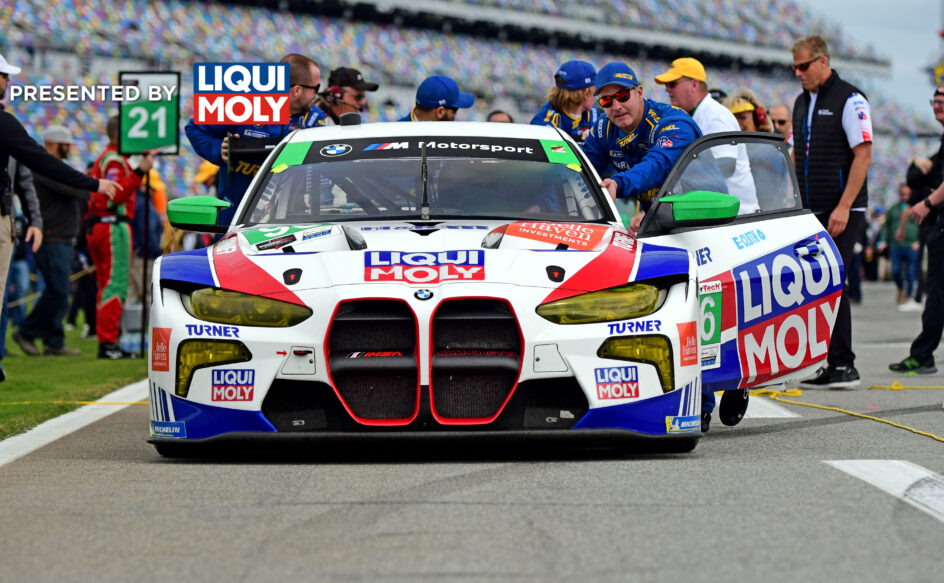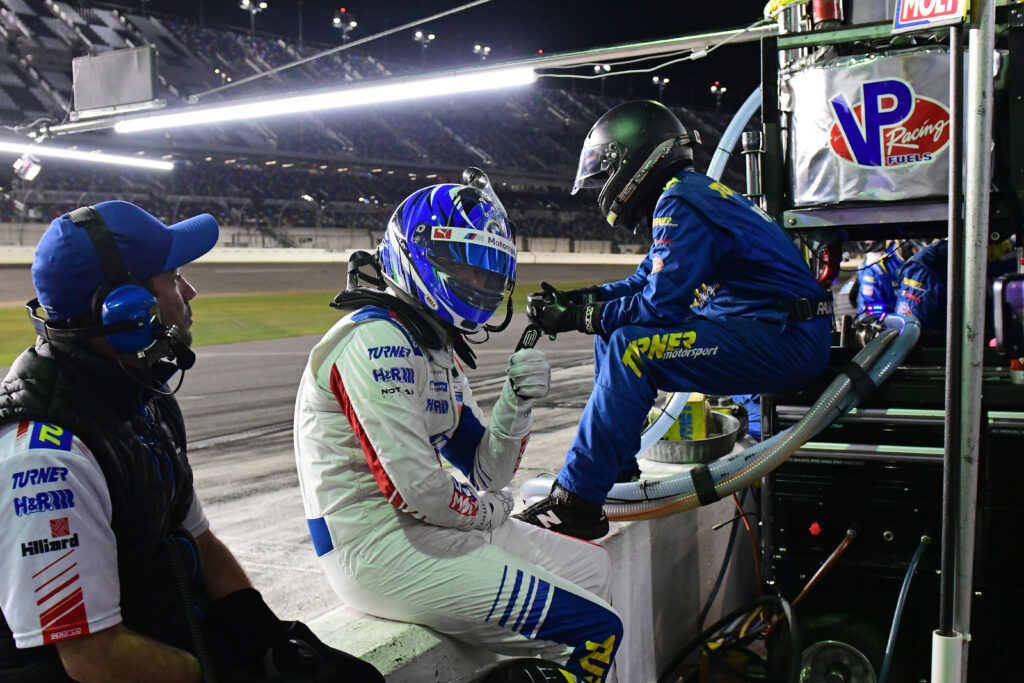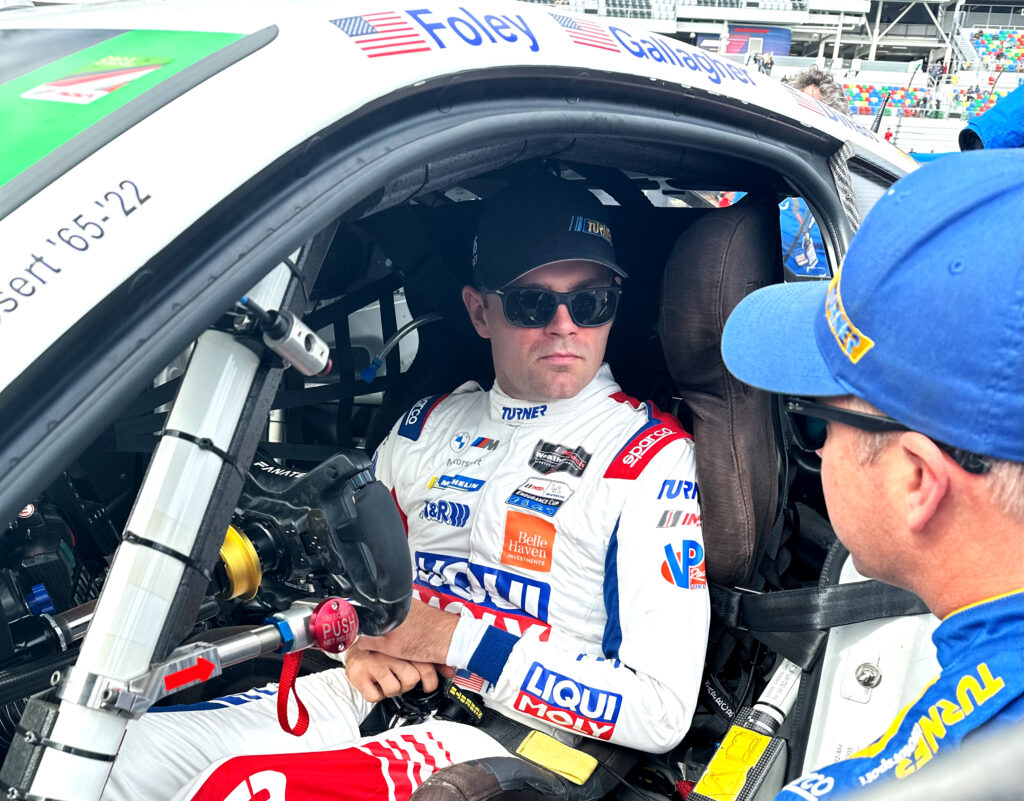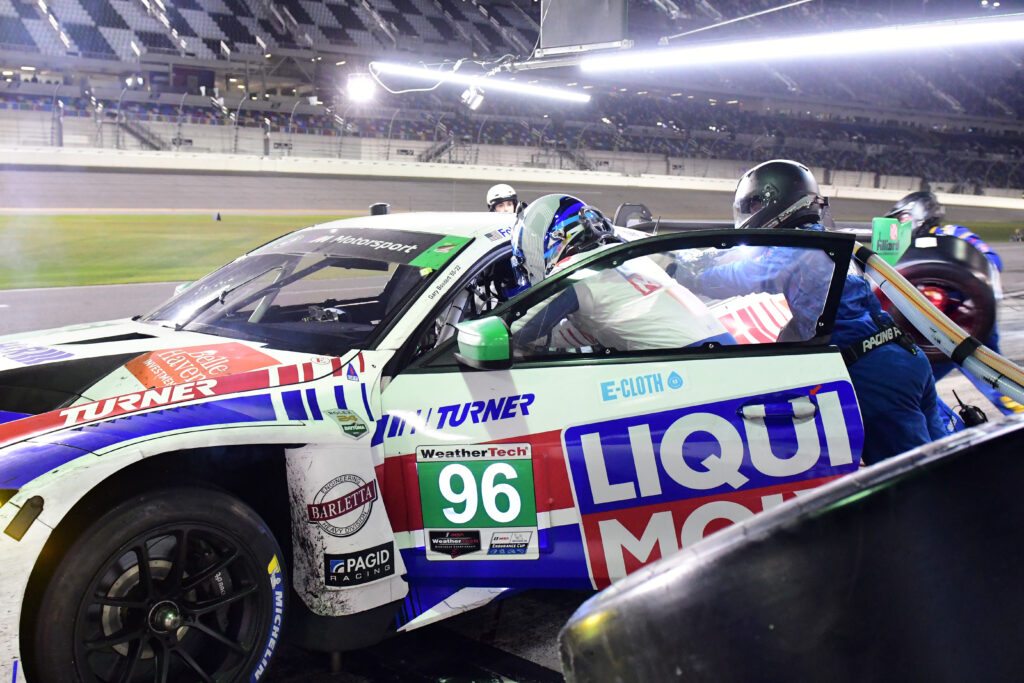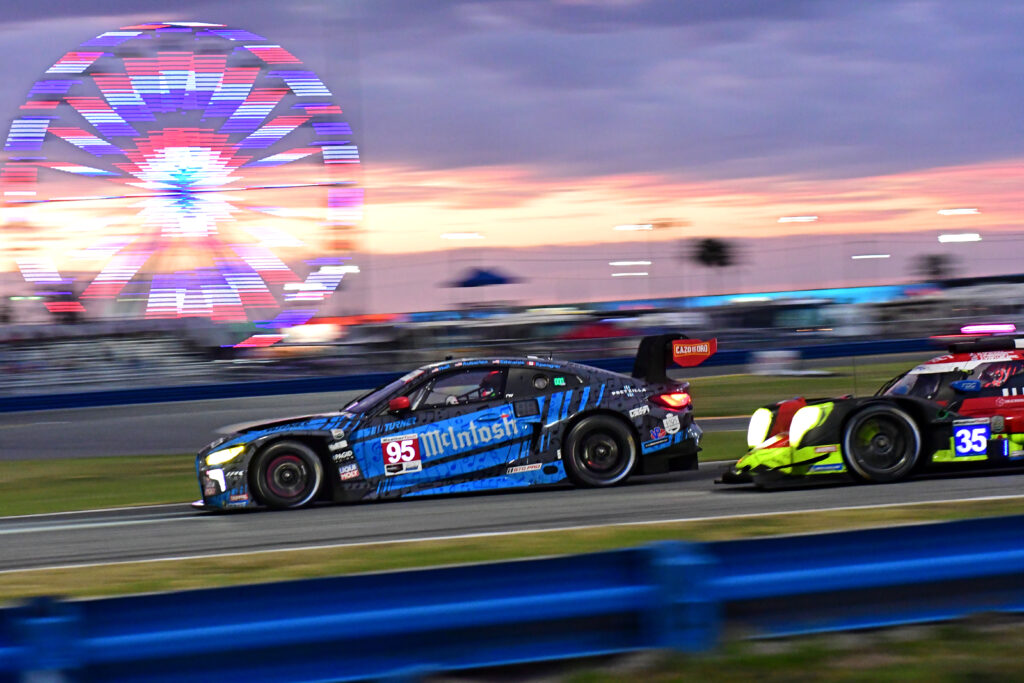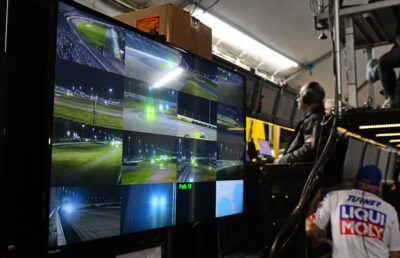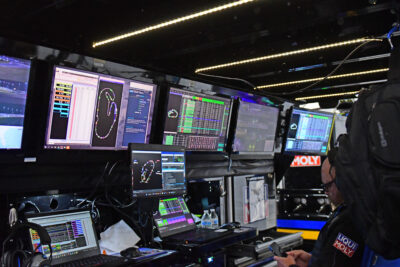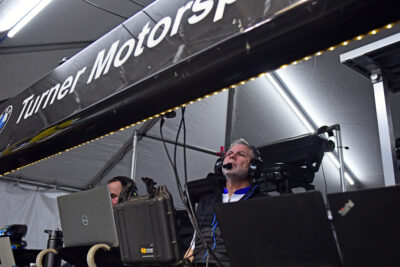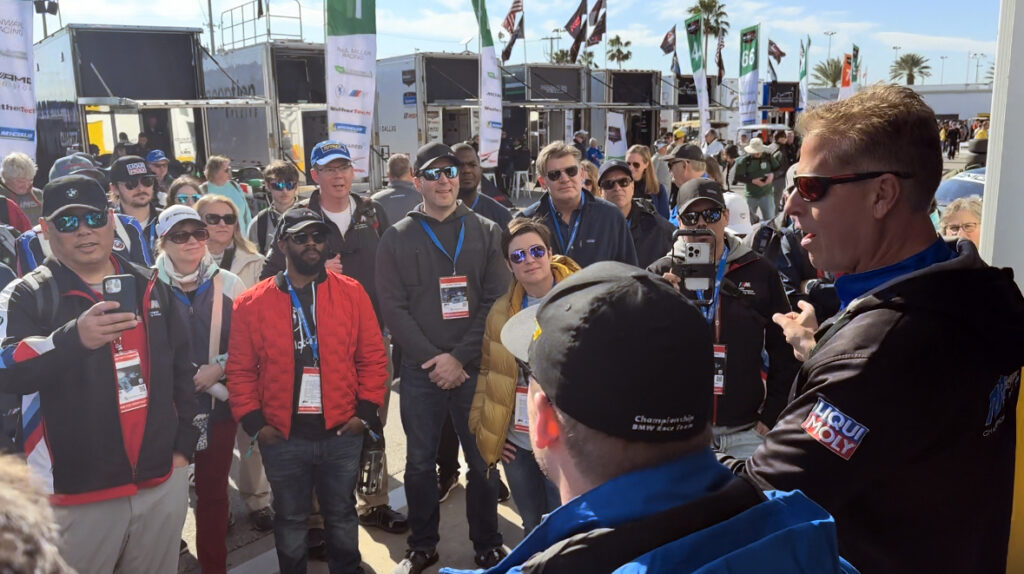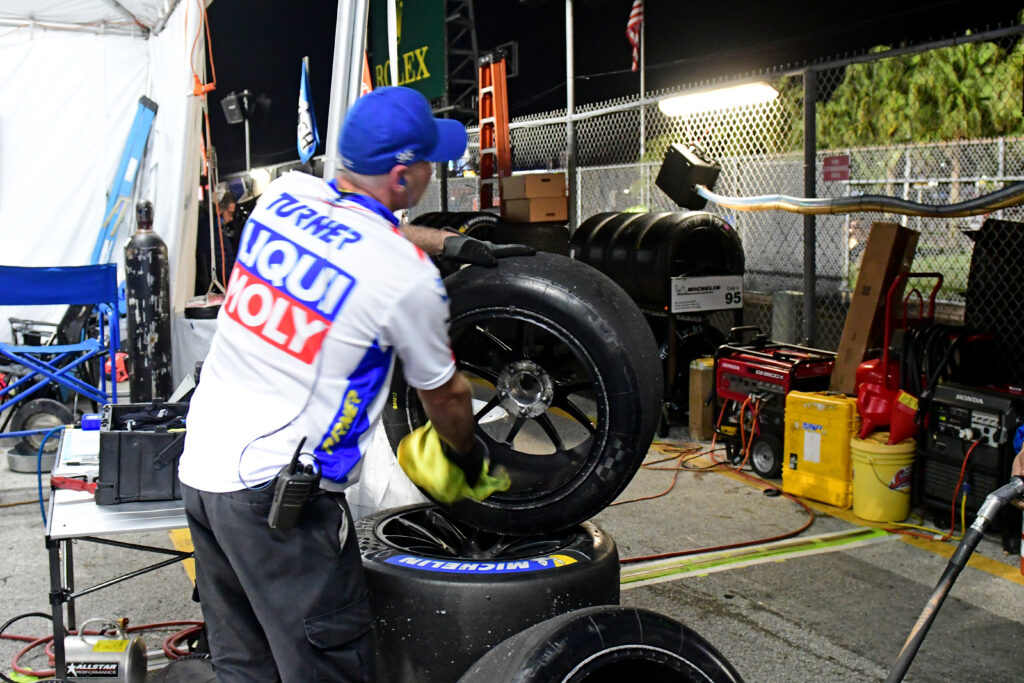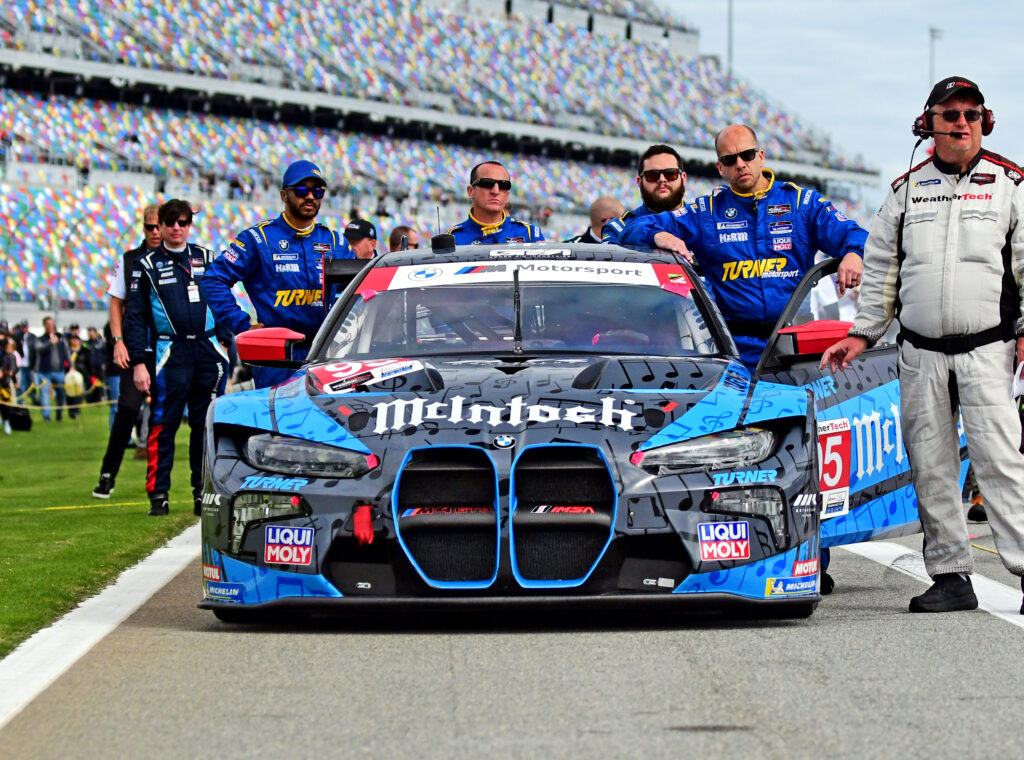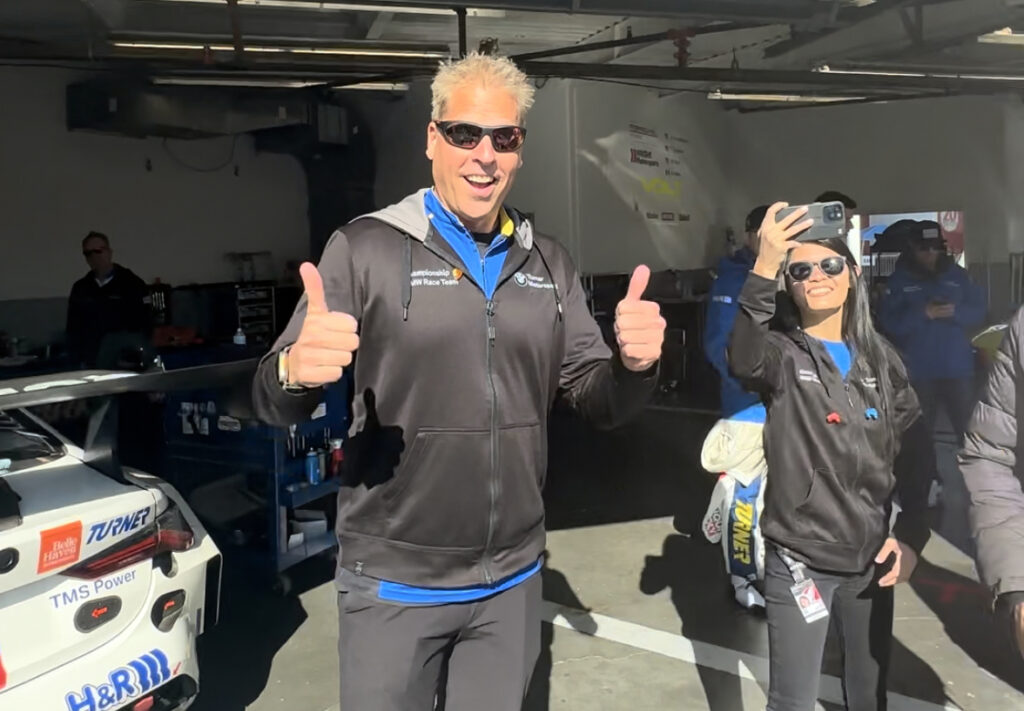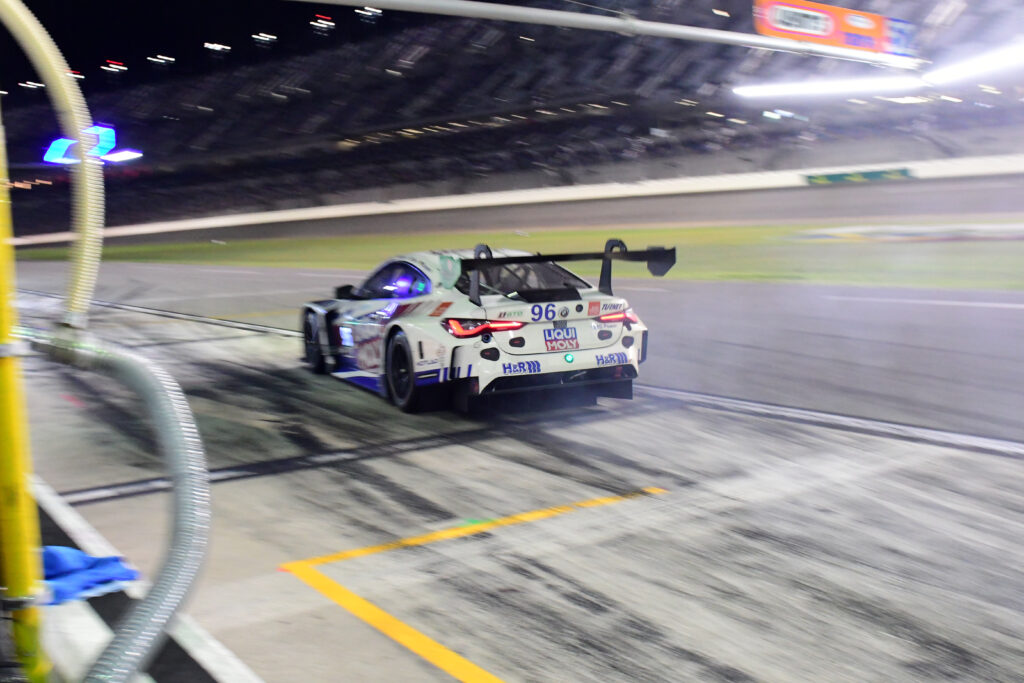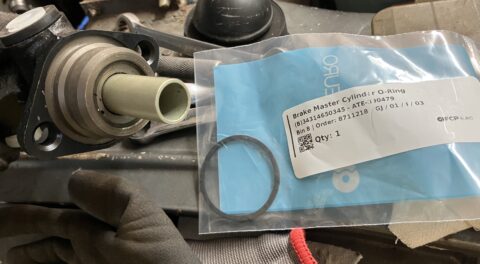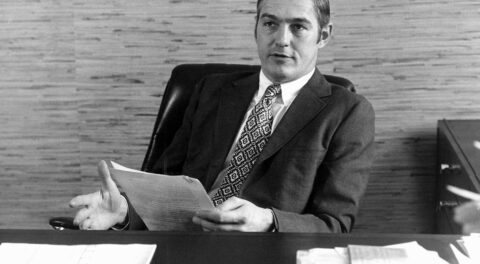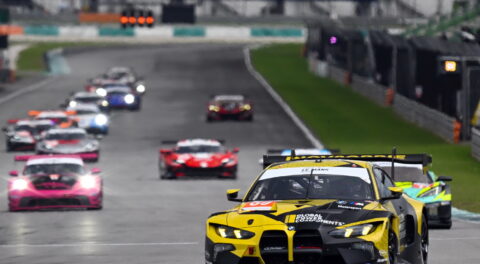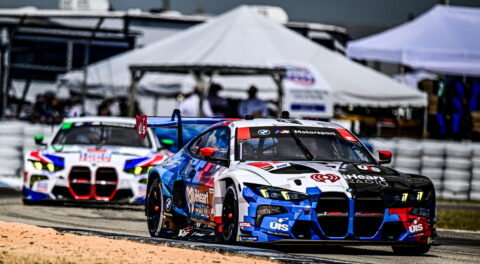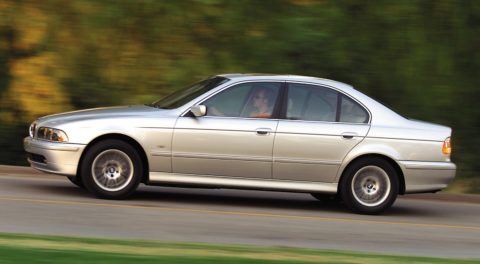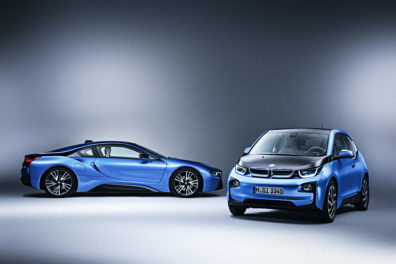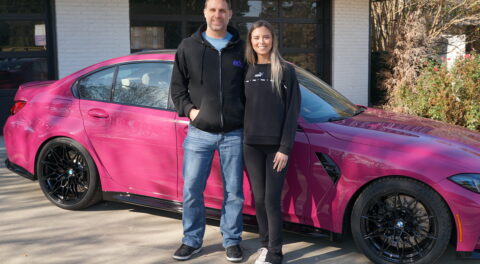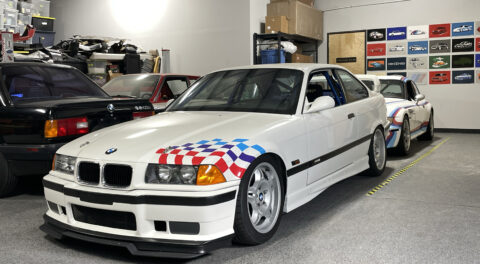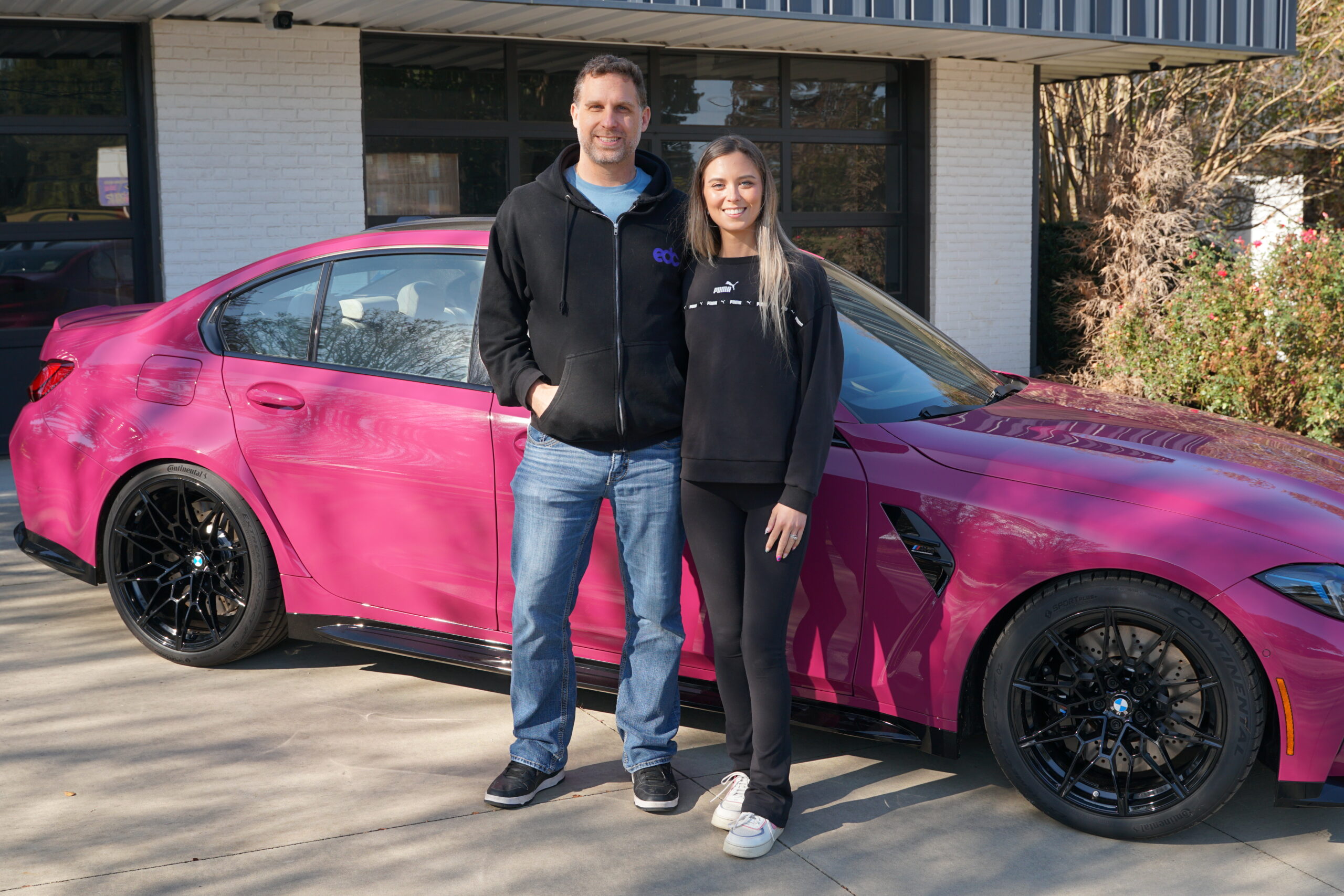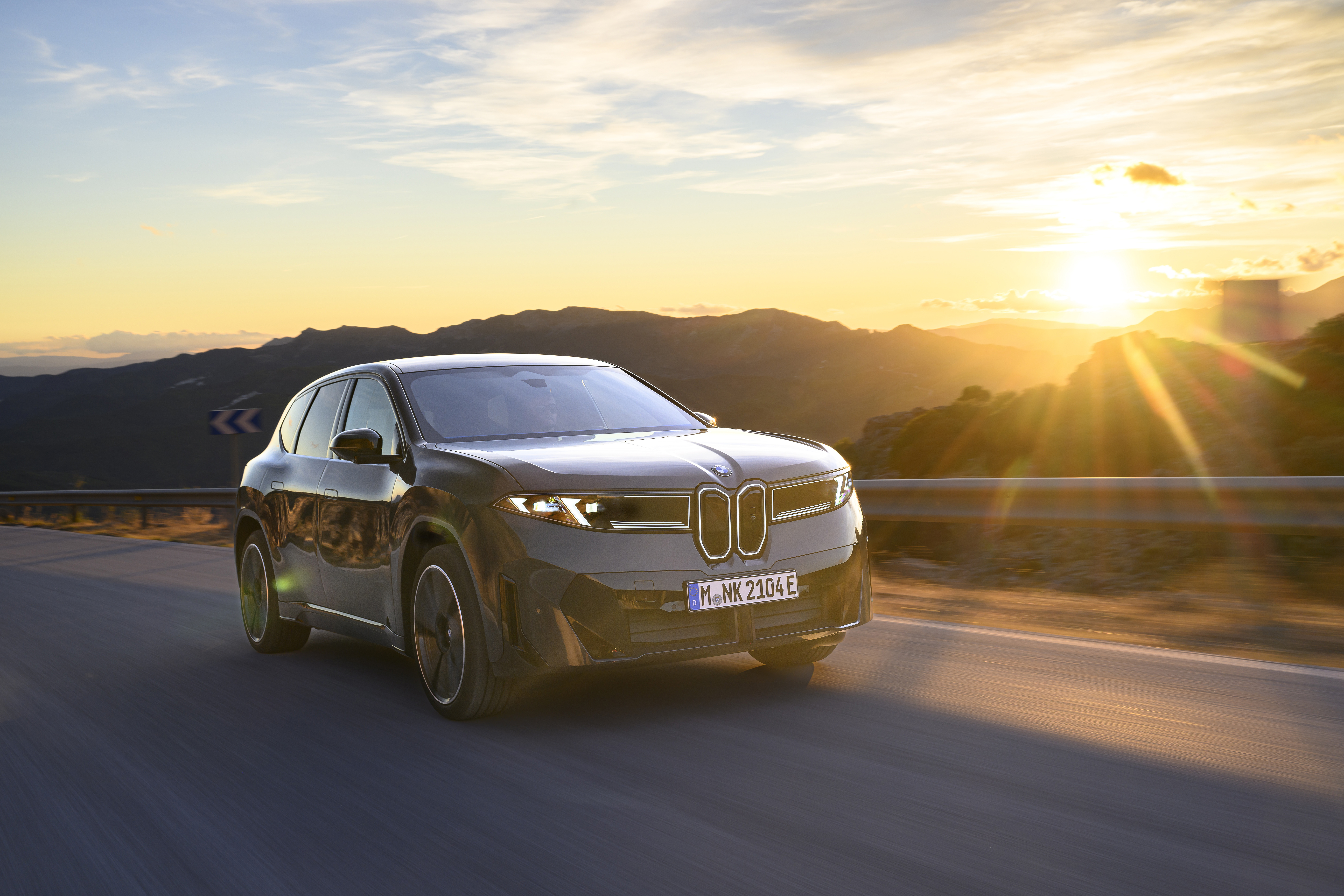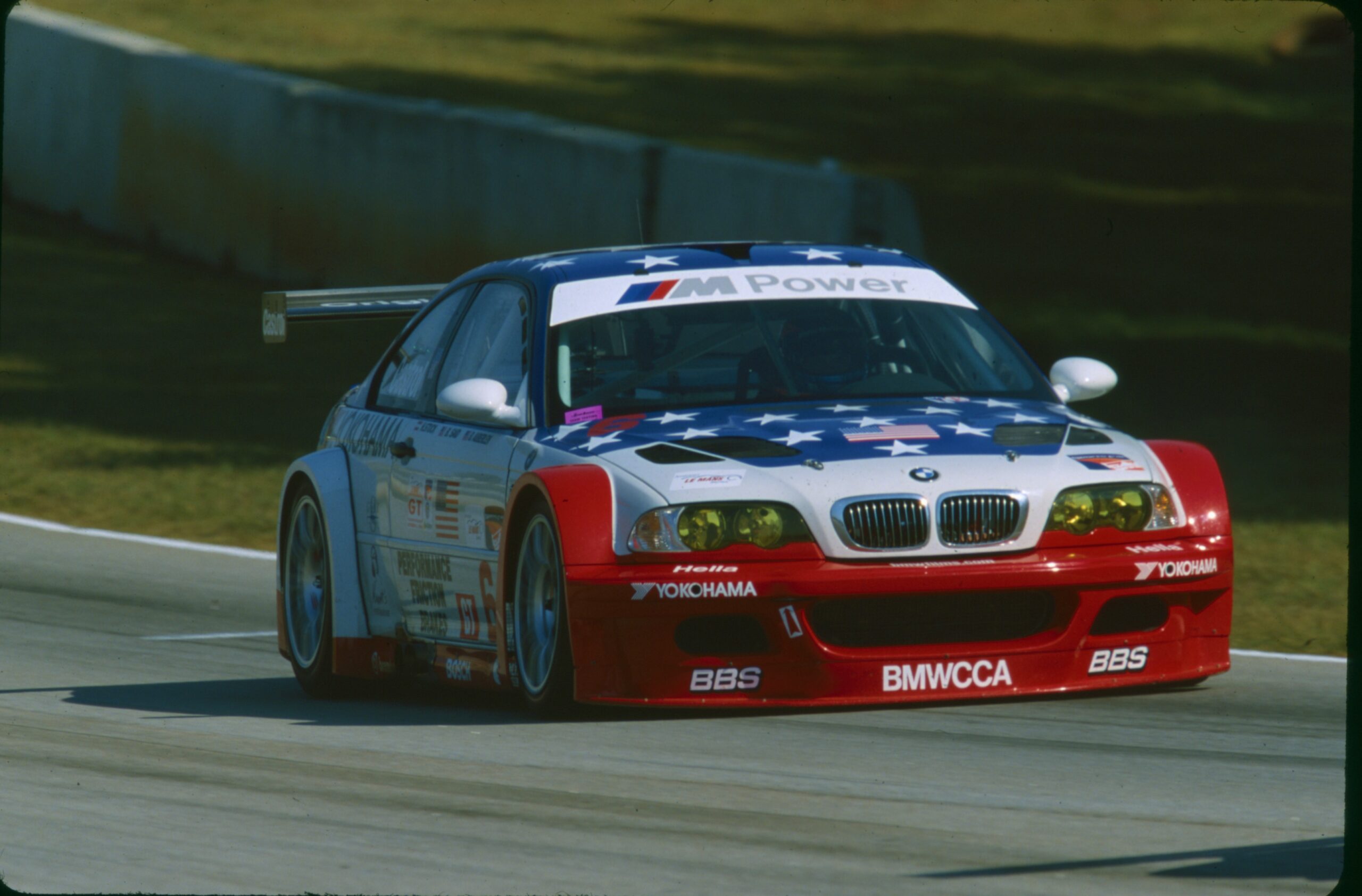Ahead of this year’s Rolex 24, we’re looking back to last season’s race, following along with Turner Motorsport for some unique insight. And just as LIQUI MOLY is there supporting Turner and keeping those cars running well, they’re here to support this two-part series as well. Read Behind The Scenes At The Rolex 24 (Part 1) here.
What does a driver go through during a 24 hour race? Even though at times Robby Foley was going 175 miles per hour, we did catch up with him to better understand the 24-hour racing experience from the best seat in the house—in the race car.. Based on Foley’s activities over the two weeks in Daytona, he’d be forgiven if he were tired even before the Rolex 24.
“The Turner team was involved in three different series in 2023, the VP Racing SportsCar Challenge, the Michelin Pilot Challenge, and the WeatherTech Championship, and I had the privilege of being involved with all of them,” Foley says. “At the Roar with the VP Challenge, I was coaching both cars with Vin in one ear and Frances in another. For the GS and GTD races, I was driving and coaching for both. At the Roar, all three sessions were back-to-back, which made it much more intense.”
Foley had some more developments during the almost half-month at Daytona this year. It was formally announced that he was named a BMW Factory Driver for North America. “This is a huge honor for me, something I’ve been working toward since I joined Turner and started racing BMWs. It’s a childhood dream come true,” Foley says. “This formal association with a brand like BMW is a huge opportunity and responsibility. It is great to be associated with the brand on this level and I’m grateful for their trust and belief.”
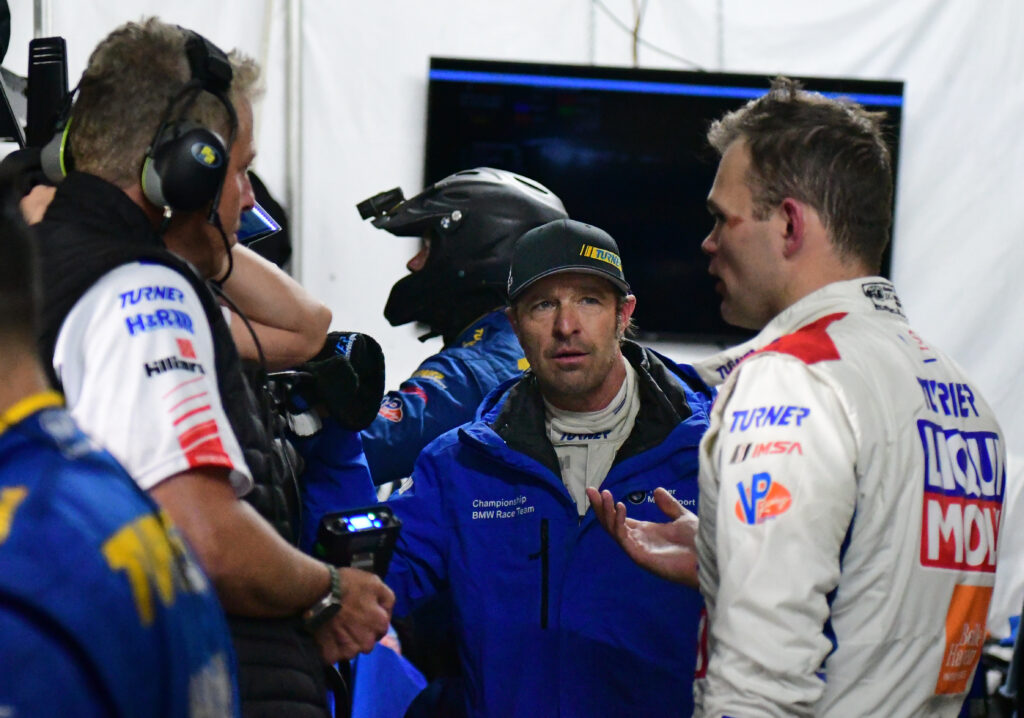
Will Turner, Bill Auberlen, and Robby Foley in an impromptu but not uncommon strategy session late night, or was it early morning?
Trust and belief are common themes. “When I first looked into Robby and put him on our team in 2018, I realized he was something special,” Turner recalls. “The intent all along was to bring up through our team and get him a chance to prove himself and he sure has done that. I’m extremely happy for Robby. He’s a great driver and well-respected on the racetrack. He is going to continue to be a force to be reckoned with.”
Some mechanical hurdles and the Balance of Performance (BoP) prevented Foley from being reckoned to a greater extent in Daytona last January, but it was still Daytona, and that’s still special. “At the start of this race with the atmosphere on the grid, you have to pinch yourself because it’s definitely a special feeling to be able to take part in the race,” Foley says. “As a Gold driver now, most of my driving comes toward the end of the race, but I started the Rolex this time, too, with a one-hour stint. The routine for me is drive, eat, sleep. One thing I did this year which worked well was not having any caffeine. I felt really fresh. I learned the drive, eat, sleep routine a few years ago and it works well for me. I have small meals so I’m not hungry but also not full, which can drain energy.”
One of the iconic features of the Rolex 24 is the 100-foot Ferris wheel, brilliantly providing an illuminated backdrop for essentially half the race, punctuated by a fireworks show at 10pm. Photographers flock to capture that and the sunrise like moths clinging to light. Foley got to drive at both times. “I was able to drive at the fireworks hour and sunrise this year. It’s kind of a cool, surreal scene at night. You see the fireworks as you’re driving. It’s kind of bizarre but also really awesome. Driving during sunrise, you see it go from total darkness into light. Suddenly, it starts to get brighter and brighter and your vision opens up. It’s a unique experience that you don’t find very often in racing. You focus on driving, but you still notice it. The fireworks go off and the ashes actually land on the track on the back straight, so that’s kind of crazy.”
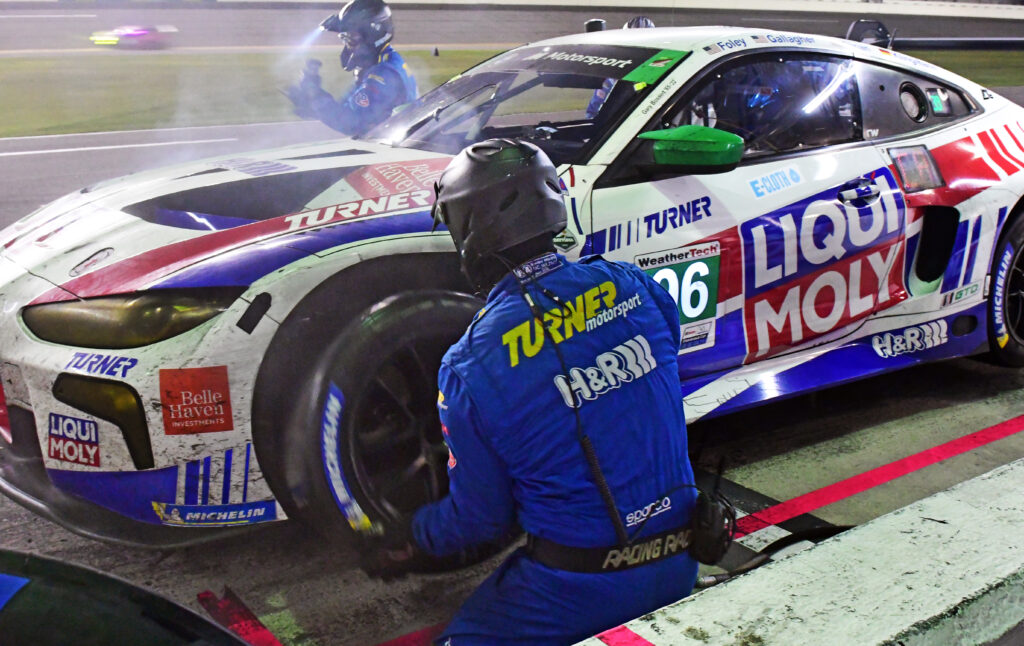
The cars and the team go through a lot over the course of the Rolex 24 and the thirteen day surrounding stint.
There are a number of factors that can influence a race. Three of the obvious ones are the driver, the car, and the crew. It’s certainly a good dynamic when the driver knows the team is doing their part and again, the Turner team didn’t miss a beat. “I was personally very impressed with the entire team,” Foley adds. “I’ve known most of the core team for many years. The entire crew performed so well with almost double the work of last year, more than double in some regard. They ran two GTD cars basically flawlessly from a team side of things. And on the GS side of things, that was a brand-new car and we were prepared really well on the team. Some things came up that no one saw coming but from a team perspective, everything ran smoothly. As a team, we want to win the series, but it’s really on the team to give us a chance to compete year-round.”
This is why all the things that go into supporting the team are so important. Without everything falling into place, the team might not be as fresh or refreshed or energized. In addition to the six race cars, the Turner team used six golf carts to get around the 480 total Speedway acres that surround the 3.56-mile track. Other details included internet connection down at the track, a bevy of specific insurance certificates, payroll for the 44 team members brought in just for this race, laundry, food, and more.
“One of the good things about having done this for so long is that everyone knows each other on the team,” Turner says. “All but four of the team have been with me for a while. Everyone’s there because they’re really the best of the best. This year, it went ridiculously smooth, a testament to a great team working great together.
“But it’s not like we have just jumped into this,” Turner continues. “Our first Rolex 24 was in 2011. It’s evolved and now with the Roar the weekend just before the Rolex and with us running six cars, the importance of a strong team is even more pronounced.”
The team consistently performing at such a high level allows Turner to focus his energy on the race. “The biggest thing on my mind every year when I go to Daytona is ‘will our car have the pace to be able to win?’” Turner explains. “I know I have the drivers to win. I know I have the hardware to win. I know I have the team to win. But with balance of performance, it is really someone else controlling your destiny. Last year, we had a new car, so for 2023, I was even more excited. But once I saw the pace, I knew we were not going to have a shot. So yeah, my biggest anxiousness is around whether they’ll give us a shot.”
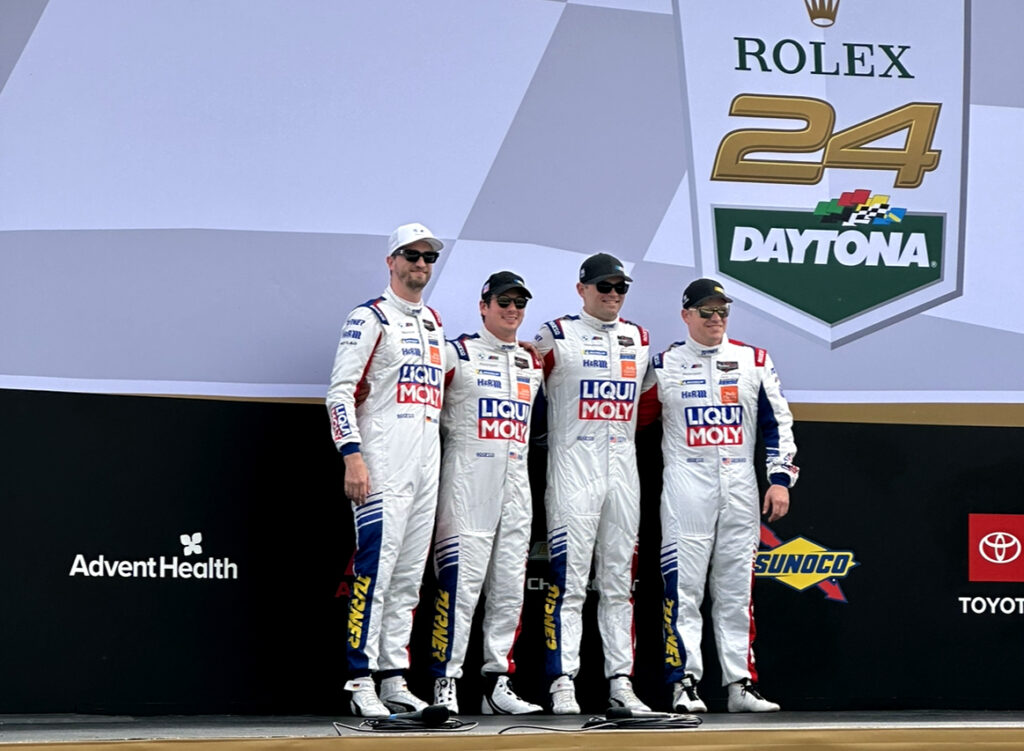
Jens Klingsman, Michael Dinan, Robby Foley, and Patrick Gallagher pause on the stage during the fan-walk just before the race.
The eight drivers with Turner for the Rolex 24 were Robby Foley, Patrick Gallagher, Michael Dinan, and Jens Klingmann in the 96 Liqui Moly car and in the 95 McIntosh Labs car, Bill Auberlen, Chandler Hull, John Edwards, and Bruno Spengler.
Even with the decks stacked against them, it is still important for the team to run the race. “I feel bad for our sponsors that fund this,” Turner adds. “The cars look great and Liqui Moly, McIntosh Labs, and H and R Springs and more support us and fund this. We didn’t really have a chance from the beginning, but we did run a great race. We wanted a chance to win the Rolex 24, to get a watch. But these are the highs and lows of racing. I’m a racer; if it was all highs, it would be no fun, too. You want the competition. I wouldn’t be doing this if we didn’t think we could win.”
As the team anticipated, Daytona was a blip on an overall successful season. They’re already getting ready for the 2024 Rolex 24 and are looking forward to more progress with these cars and the team. Follow along this January 26-28 as they hit the track again! —Kyle van Hoften

